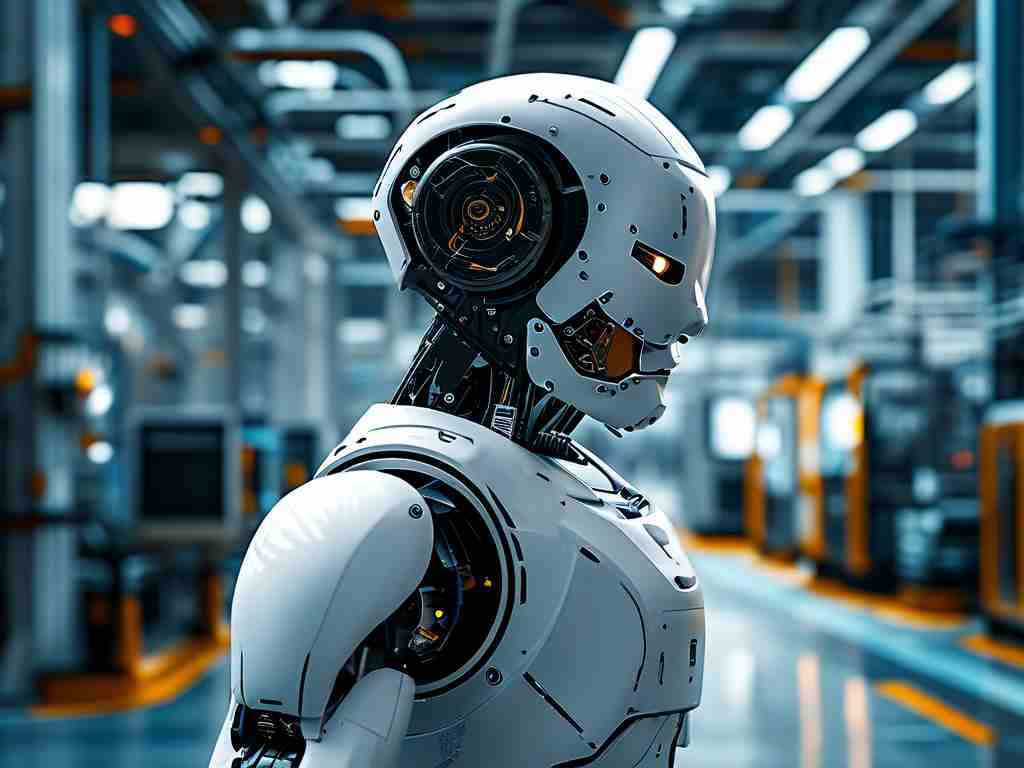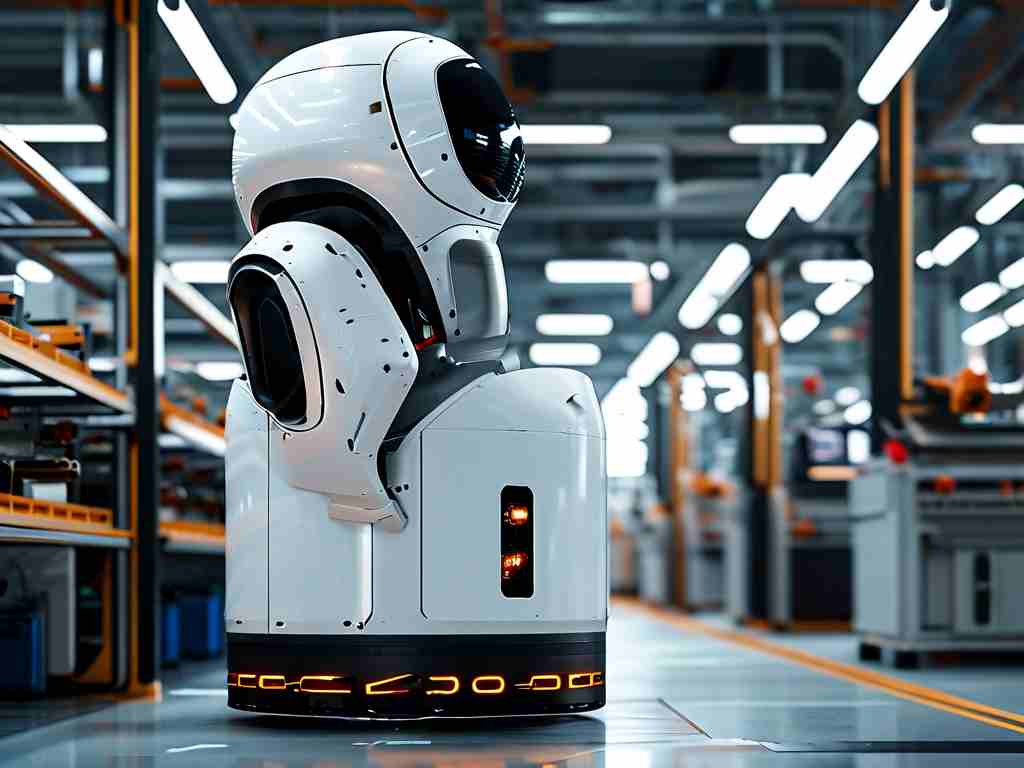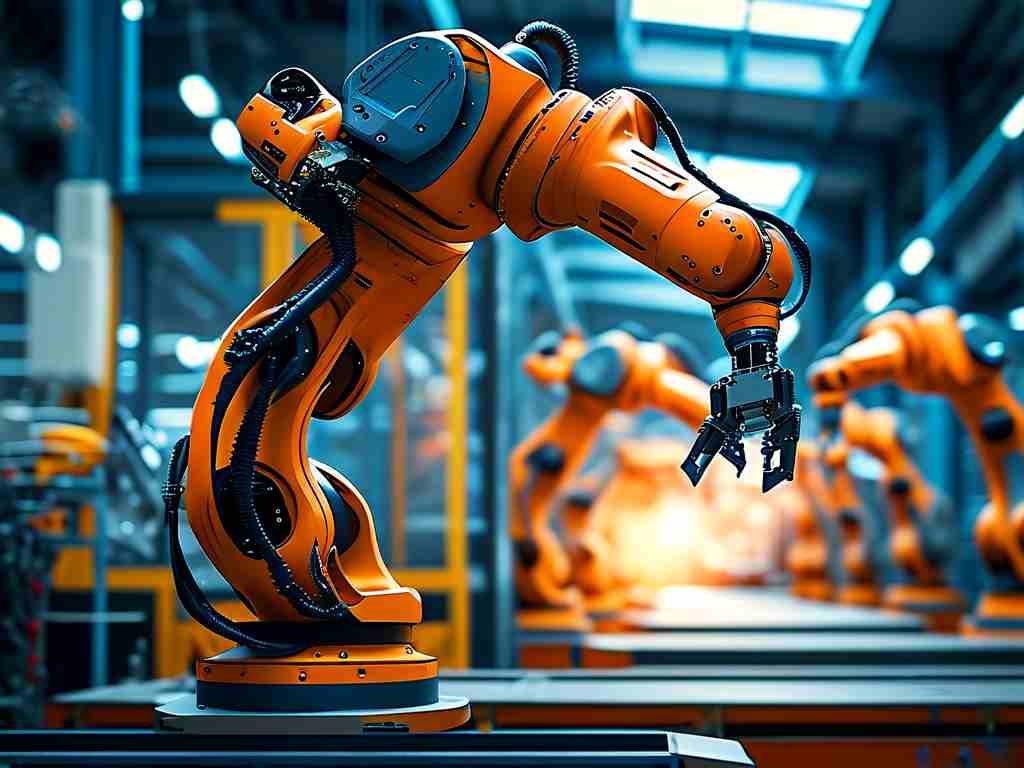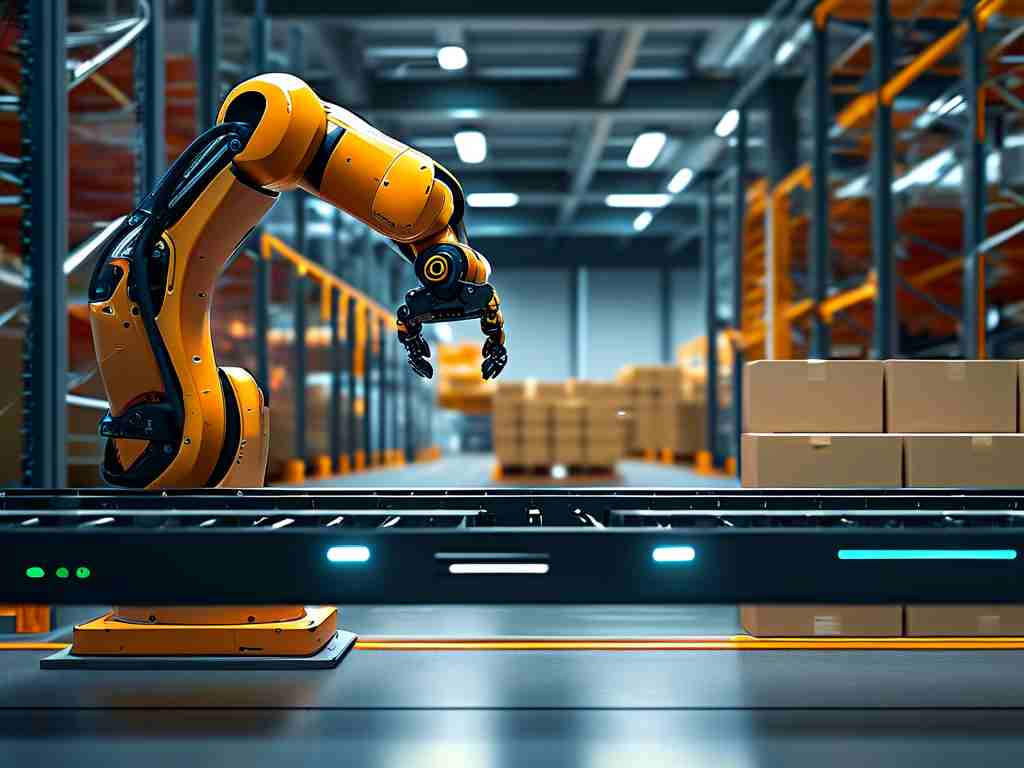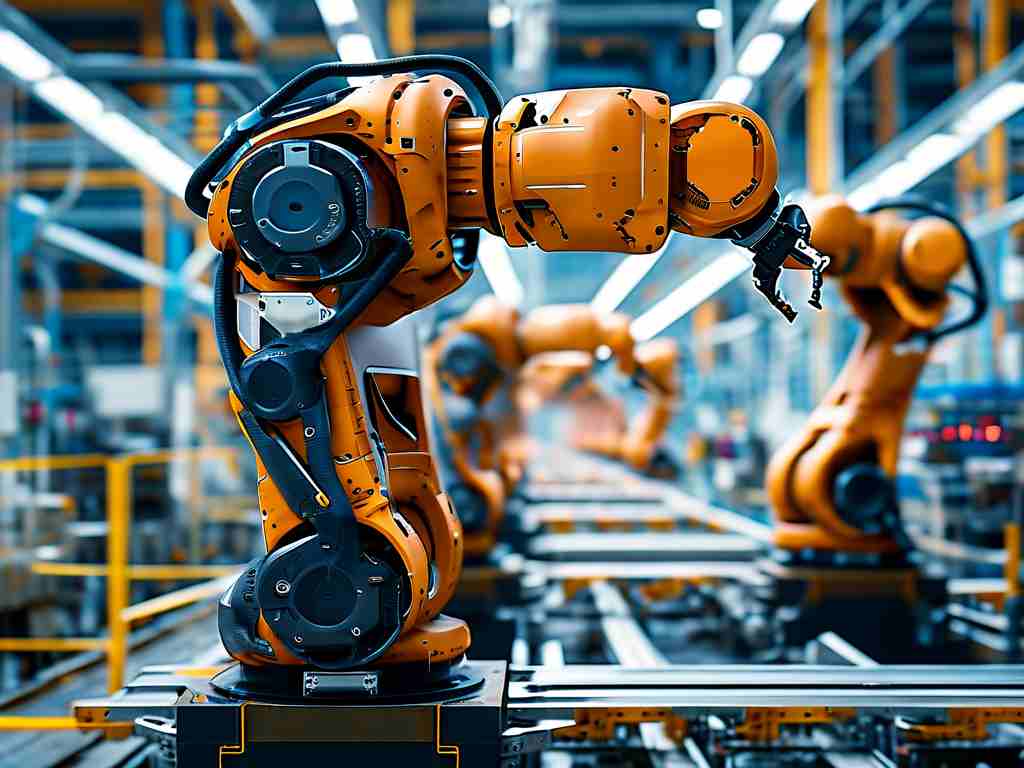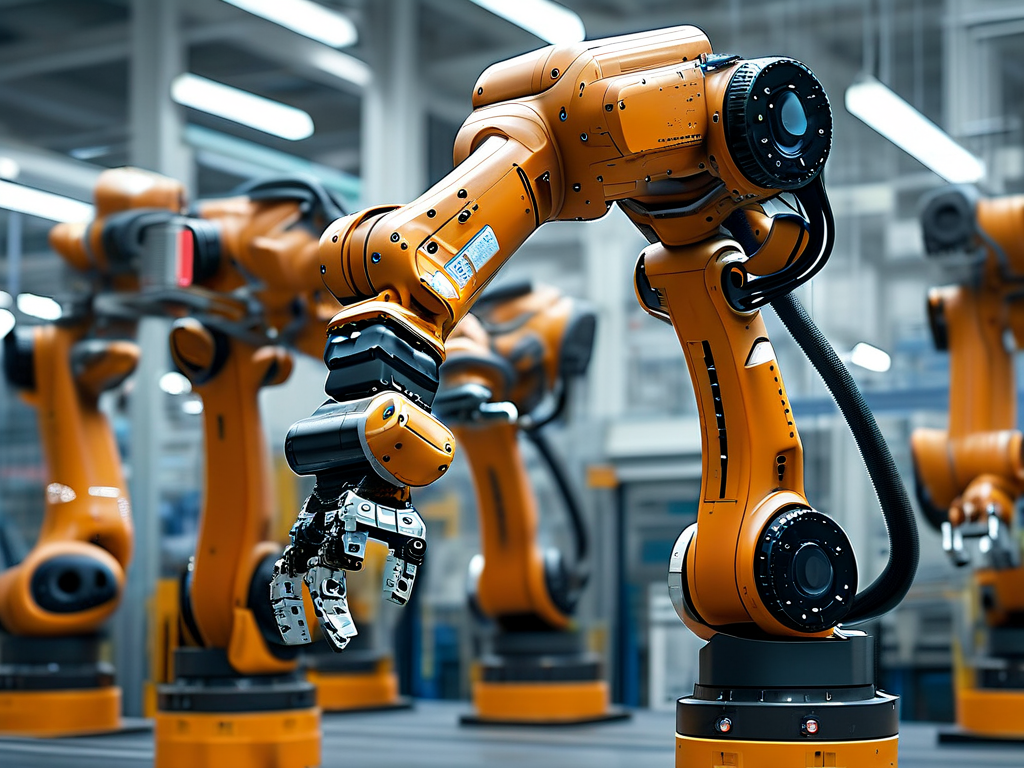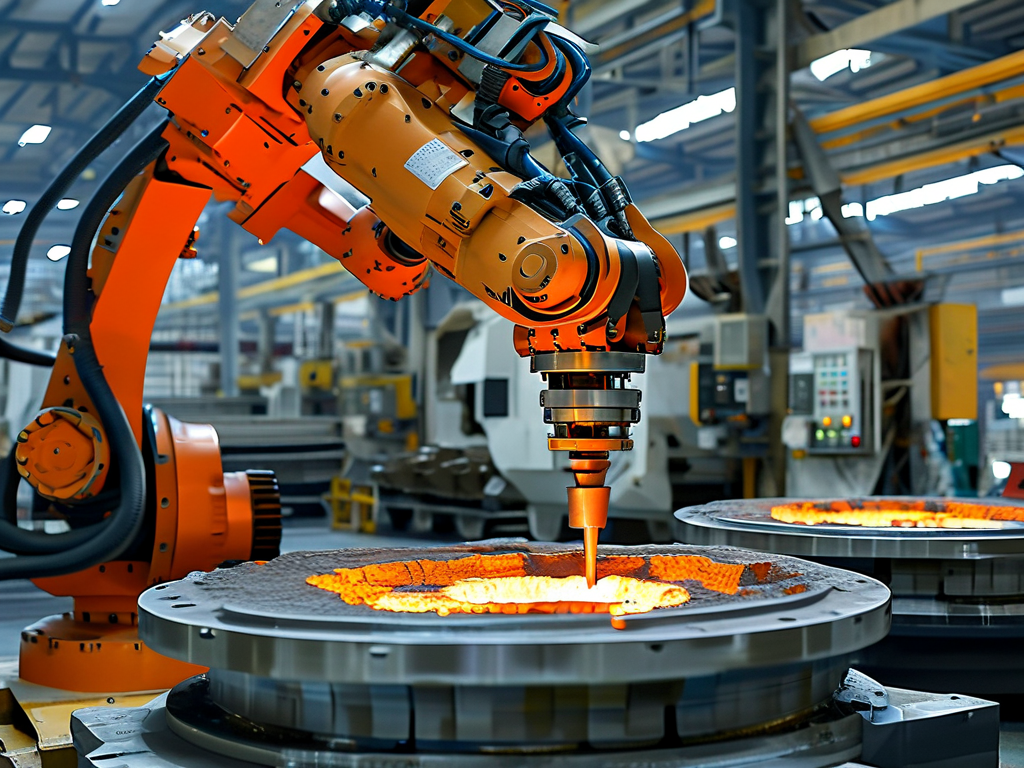In the rapidly evolving landscape of industrial automation, robotic thickening technology has emerged as a groundbreaking innovation, reshaping traditional manufacturing workflows. This advanced methodology integrates precision robotics with material deposition techniques to enhance structural integrity, optimize resource utilization, and accelerate production timelines. As industries increasingly prioritize efficiency and sustainability, robotic thickening stands at the forefront of transformative solutions.
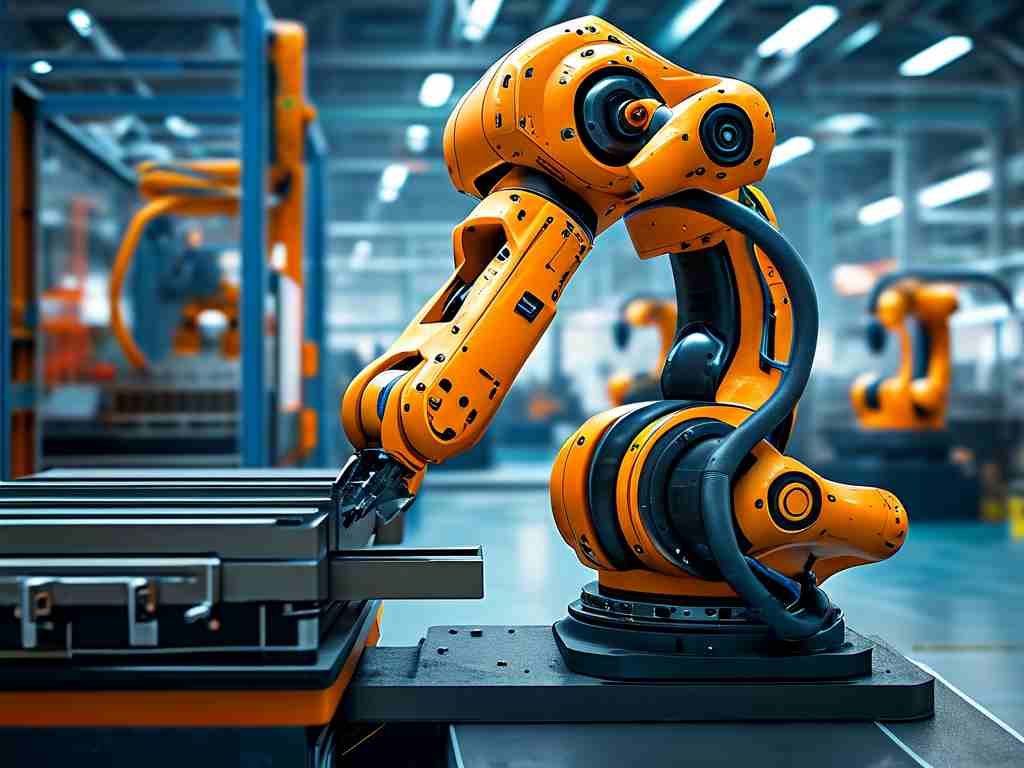
Understanding Robotic Thickening Technology
At its core, robotic thickening involves the application of layered material deposition using programmable robotic systems. Unlike conventional methods that rely on manual labor or static machinery, this technology employs multi-axis robots equipped with specialized nozzles or extruders. These robots follow digitally designed paths to apply materials—such as polymers, metals, or composites—in precise patterns, gradually building up thickness in targeted areas. The process is governed by real-time feedback mechanisms, ensuring consistency and minimizing waste.
Applications Across Industries
The versatility of robotic thickening technology has led to its adoption in diverse sectors. In automotive manufacturing, it is used to reinforce chassis components and engine parts, improving durability without adding excessive weight. Aerospace companies leverage the technology to fabricate lightweight yet robust turbine blades and fuselage panels. Even the construction industry benefits, with robots applying concrete or composite layers to create earthquake-resistant structures. Additionally, medical device manufacturers utilize robotic thickening to produce custom implants with patient-specific geometries.
Advantages Over Traditional Methods
One of the most significant advantages of robotic thickening is its ability to reduce material waste by up to 40%. Traditional subtractive manufacturing often discards excess material, whereas additive robotic processes apply resources only where needed. Furthermore, the precision of robotic systems eliminates human error, ensuring uniform thickness and reducing post-processing requirements. Time efficiency is another critical benefit; complex parts that once took days to manufacture can now be completed in hours.
Challenges and Limitations
Despite its promise, robotic thickening technology faces several challenges. High initial investment costs for robotic systems and software integration remain a barrier for small and medium-sized enterprises. Additionally, the technology requires skilled operators to design deposition paths and troubleshoot system errors. Material compatibility is another concern, as not all substances adhere well during the layering process. Researchers are actively addressing these issues through AI-driven path optimization algorithms and hybrid material formulations.
Future Trends and Innovations
The future of robotic thickening is closely tied to advancements in artificial intelligence and IoT connectivity. Next-generation systems are expected to incorporate machine learning models that autonomously adjust deposition parameters based on environmental conditions or material behavior. Collaborative robots (cobots) working alongside human operators will further enhance flexibility in hybrid manufacturing setups. Meanwhile, the integration of 3D scanning technologies will enable real-time quality assurance, comparing in-progress work against digital blueprints to detect deviations instantly.
Sustainability Implications
As global industries strive to meet carbon neutrality goals, robotic thickening offers a path toward greener manufacturing. By minimizing material waste and energy consumption, the technology aligns with circular economy principles. For instance, aerospace giant Airbus recently reported a 25% reduction in titanium waste during wing spar production after adopting robotic thickening systems. Similarly, automotive leaders like Tesla are exploring the use of recycled materials in robotic deposition processes to create closed-loop manufacturing ecosystems.
Robotic thickening technology represents a paradigm shift in how industries approach material application and structural reinforcement. Its ability to combine precision, efficiency, and sustainability positions it as a cornerstone of Industry 4.0 initiatives. While challenges persist, ongoing research and cross-industry collaboration promise to overcome current limitations, paving the way for widespread adoption. As manufacturers continue to embrace digital transformation, robotic thickening will undoubtedly play a pivotal role in shaping the factories of tomorrow—smarter, faster, and more environmentally responsible than ever before.


